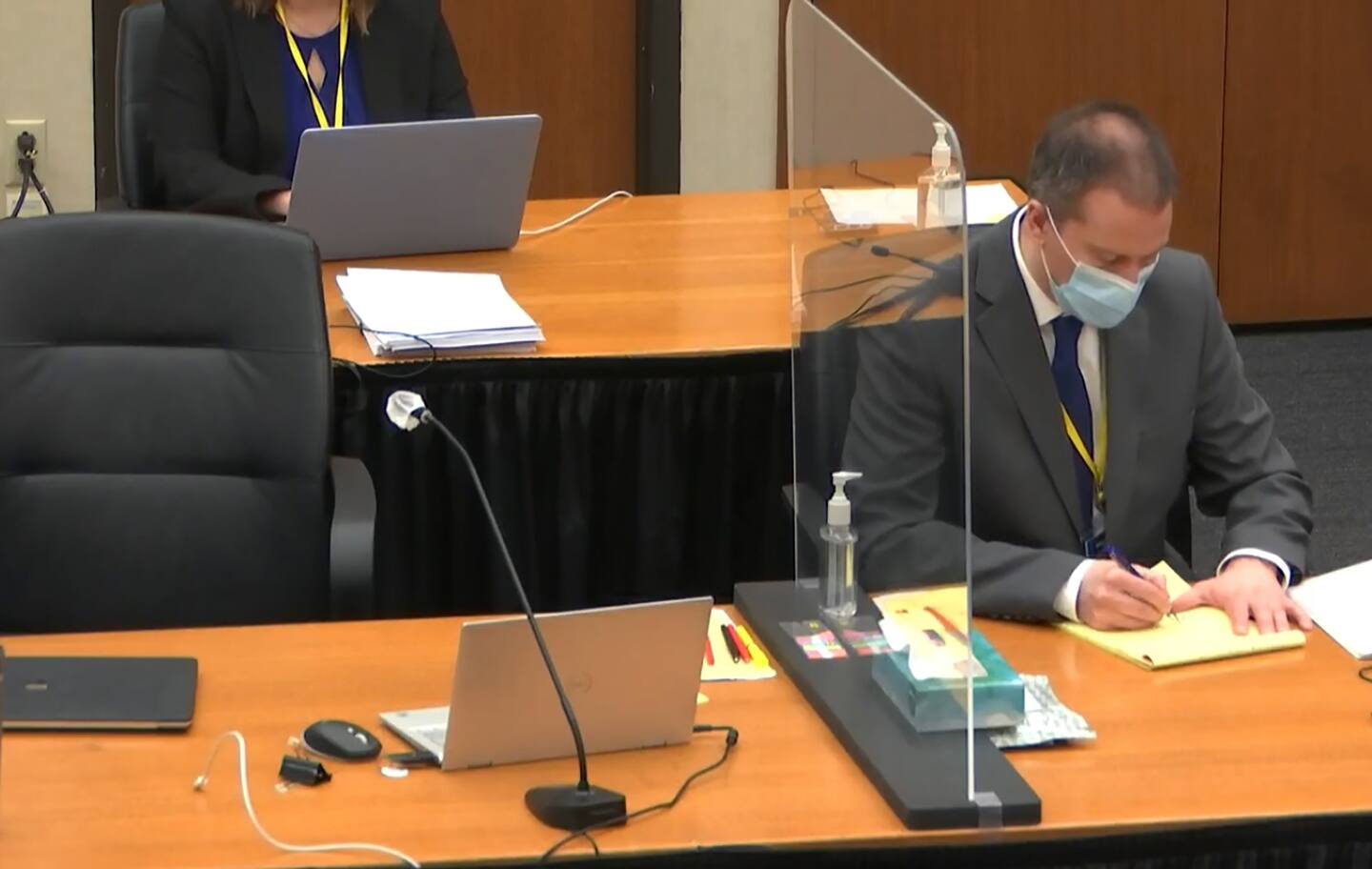Derek Chauvin’s defense is in fact a damning indictment

Excited delirium is typically invoked when a suspect is agitated, confused, scared or angry, and is drunk, high or having a mental health crisis. Some definitions claim those experiencing it can have unusually high tolerance for pain, or can exhibit unexpected strength. According to proponents of the idea, about 10 percent of people suffering from excited delirium simply drop dead, usually of heart failure, often while heavily restrained or after being shot with pepper spray or a stun gun.
It’s a convenient diagnosis for law enforcement. It provides both a justification for what otherwise might look like excessive force, and impunity when that force coincides with a suspect’s death. There are enough varying definitions of the term with enough different “symptoms” to provide an excuse for just about any in-custody death that wasn’t the result of a shooting.
But even if you buy into excited delirium, Floyd wasn’t displaying the symptoms most associated with it (though one officer is captured on video speculating otherwise). He didn’t appear to be invincible, or to think he was. He appeared to be scared and vulnerable.
More importantly, Floyd was never a threat. At worst, he may have engaged in a minor struggle with police for about a minute when they tried to put him in a car, after he told them he was claustrophobic. But he was handcuffed, there were three officers nearby, and at no point did he appear to be a risk to the officers, much less exhibit superhuman strength.
If the officers at the scene did not think Floyd was suffering from excited delirium, there was no reason for the added restraint. If they did think he was suffering from the condition, Chauvin’s subsequent actions look even worse. It means Chauvin applied additional restraint to a suspect already subdued, including restricting his airway, all while knowing the suspect was suffering from a supposed condition that has been said to kill 1 in 10. If Chauvin suspected Floyd was in a state of excited delirium, once Floyd was nonresponsive Chauvin was more obligated to remove his knee and administer CPR, because he would have been trained to know Floyd had an elevated risk of death.
This is why debating the legitimacy of excited delirium shouldn’t be relevant. What should matter is whether the officers’ actions are commensurate with the threat posed by the suspect’s actions. If the use of force is proportional to legitimately threatening acts, the force is justified. If the officers’ force is disproportionate, the officers should be held accountable.
But if excited delirium is a condition we’re going to let police officers diagnose at the scene, it calls for less force, not more. Unless a suspect is in the process of trying to kill or injure someone else, it calls for de-escalation. It calls for patience, for bringing a mental health professional to the scene, for talking a suspect down. After all, if it is real, we’re talking about a significant increase in the chance of death.
Real medical conditions don’t flash into existence to excuse police officers for using deadly force, then evaporate until they’re needed again. So if excited delirium is legitimate, let’s treat it that way. Let’s train police officers for it. Let’s require them to minimize the chance of death when they recognize it, and hold them accountable if they needlessly escalate instead.
If Chauvin thought Floyd was experiencing excited delirium, it means he suspected Floyd was suffering from a condition that had a 10 percent chance of killing him. Chauvin then opted not for tactics that would diminish those odds, but tactics that increased them. It would mean Chauvin concluded a 10 percent chance of death was a suitable consequence for struggling a little in custody after passing a counterfeit $20 bill.
That’s no defense. It’s a damning indictment.
Read more:






